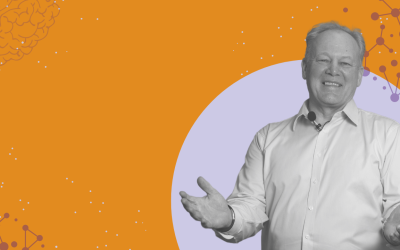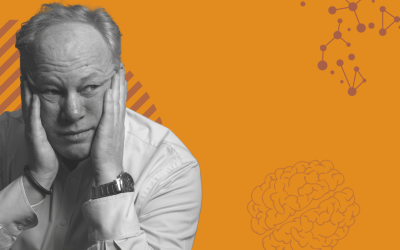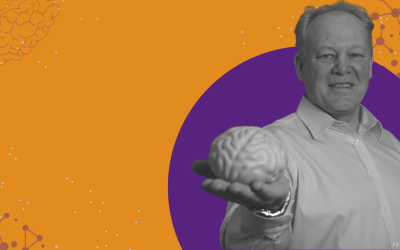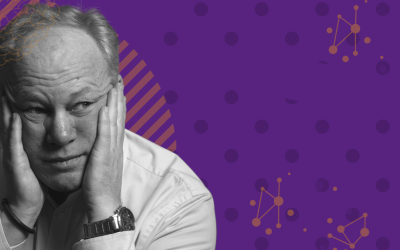Do you know that the answer to the question ‘how to change your thought patterns’ is actually a lot simpler than it sounds! After all, they are your thoughts, and you have complete control over them.
I am Dr Ant, the Brain Whisperer and I have been studying how the brain works and why we think the things we do, for over 6 years. During this time, I have developed ways to help you change your thought patterns, whether that be in a personal or a professional setting.
Today, I am going to talk you through how you can change the way you think.
Switched on Thinking
Around 2014, I had a wakeup call and decided I needed to take control of my life and my destiny. This lightbulb moment led me to study, train, research and develop Switched on Thinking. This method is based on many areas I learnt about, including Neuro Linguistic Programming, Solution Focused Therapy, Biology, Epigenetics, with Psychology, Psychotherapy and Neuroplasticity at its core.
The method behind how to change your thought patterns
Switched on Thinking uses the following method to allow you to become aware of how human beings learn and think. It is all about becoming aware of the here and the NOW. These following steps are how humans learn behaviours.
Step 1
The first step we would call unconsciously incompetent, in other words, we don’t know what we don’t know. If you are learning to walk as a baby, for example, you don’t know that you can’t do it. You try, and then you realise that you can’t. That leads us to the next step.
Step 2
Conscious incompetence. This step gets you to the point of being aware of the failure that has happened. If we’re continuing this in the context of walking as a baby, this would be the ‘I know I can’t walk step’. The key to overcoming this is practice. Eventually, you get to the walking stage, and you are consciously competent.
Step 3
Step 3 is consciously competent – you have practiced and now you know how to do something, in this case, you have learnt to walk.
Step 4
This is where we, as human beings, then go into autopilot. You have learnt this behaviour and you no longer have to think about what you’re doing; you are unconsciously competent. Whilst autopilot is useful and can help us in our everyday lives to do things, such as walking, it can also become a hinderance to the things you wish to achieve. Those behaviours and habits you have learnt are sometimes good but can also be bad.
Creating awareness
Now you know about the above steps, you can start to work on the full process behind how to change your thought patterns. Awareness is the first key. If we are not aware of our thought process, how can we begin to change it?
We feel a lot of emotions. Ultimately, these emotions are controlled by thoughts, no matter how fleeting they are; we may not even know that a small thought we have can change how we feel. Once you are aware of the emotions, you can then start to control your emotional reaction to things.
Gaining knowledge
This is all about learning why we do the things that we do in order to understand how to change your reaction to certain stimuli. When we as human beings get to understand the biology behind why we make certain choices, we can start to adapt the behaviours to produce different outcomes.
Taking action
All of the above isn’t going to make much of a different to your thought process unless you take action. We can often fall into the trap of blaming others and not taking ownership of our own mistakes or failings – this step is where that stops. When you accept that you have awareness of your emotions and thoughts, you can start to take ownership of those thoughts and move forward. If you believe that you can then you will, after all, what you think, you become!
Auto-pilot enabled
After you have taken all of these steps, you have mastered how to change your thought patterns! If you are aware of your thoughts and emotions, understand why you feel the way you do and then action the changes, after practice, you will have enabled your auto-pilot – the good kind! Everything you have learnt will become unconsciously competent, like learning how to walk and talk.
Now you know how to change your thought patterns!
Yes, it really is that simple!
If you are still struggling to understand this, need further guidance, or perhaps you are a CEO looking to help your employees look at life differently, then I am here to help. I offer a range of services for professionals including motivation masterclasses, Harley Street therapy and expert speaking, in which I implement my training, personal experience, and the switched on thinking method.
Contact Me
If you like the sound of any of my services and are still interested in learning how to change your thought patterns, then get in touch with me today! Alternatively, you can call me on 020 7101 3566 today – I would love to hear from you!











